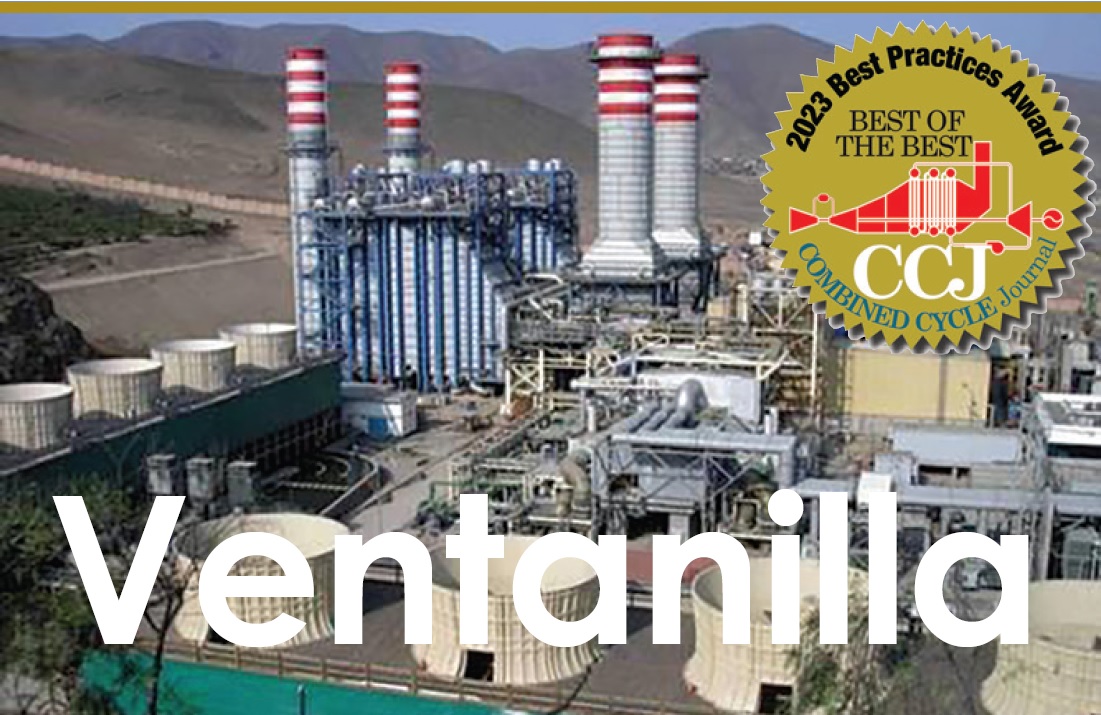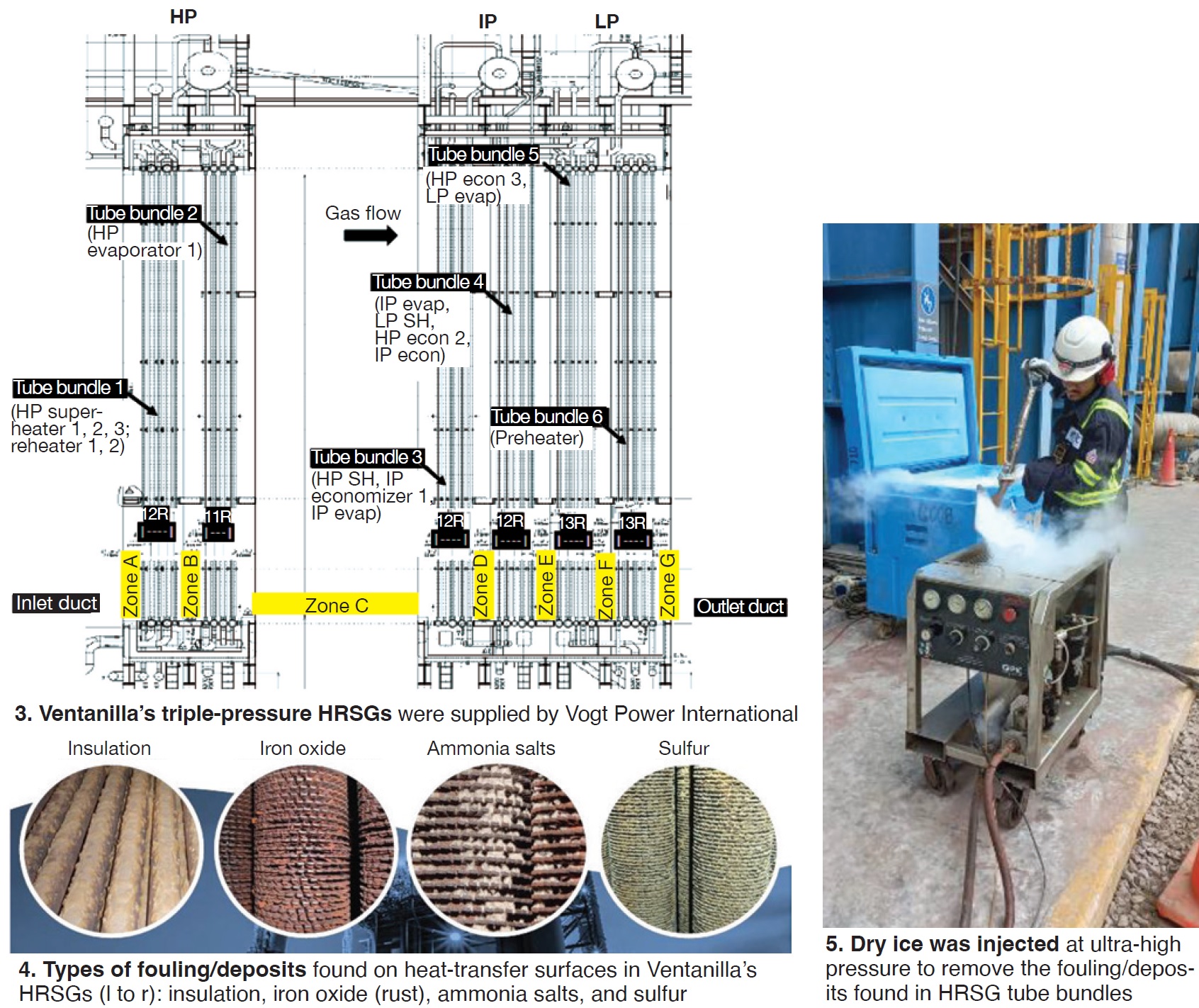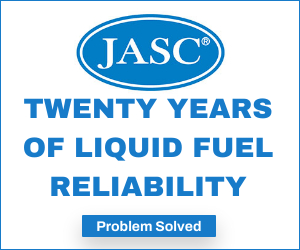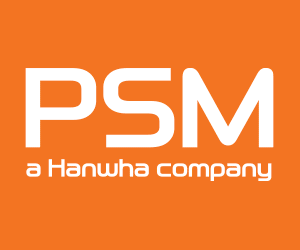
Ventanilla Combined Cycle Power Plant
Owned and operated by ENEL Generacíon Perú
427 MW, 2 × 1 SGT6-4000F-powered dual-fuel powerplant, located in Callao, Perú
Plant manager: Dany Alcantara
Plant background. Endesa SA, Spain’s largest electric utility, won a tender in December 1995 to take control of Empresa de Generación Termoeléctrica de Ventanilla (Etevensa), the genco operating the Ventanilla thermal plant in Perú’s Callao Province, Lima Region. Etevensa had been spun off from Electroperu SA.
Endesa was the lead company in Consorcio Generalima, which also included two Peruvian companies. According to Christopher Bergesen, a Maryland-based consultant with deep knowledge of the global electric power business, the consortium bid $US120 million and agreed to modernize the plant.
The plant was upgraded in 1997 when the OEM of record supplied and installed a pair of 170-MW gas turbines, replacing the 110-MW 501D5 engines installed in 1993.
Endesa took full control of Etevensa in August 2003 and the following year converted Ventanilla to combined-cycle operation by adding a supplementary-fired HRSG downstream of each GT and a 184-MW steam turbine.
In September 2004, Ventanilla, now owned and operated by Endesa successor company Enel Generación Perú, began burning Peruvian gas and producing power for distribution via the national grid. In January 2021, Enel commissioned a 14.6-MW battery energy storage system—Perú’s first—using lithium-ion technology.
Challenge. Restore HRSG performance while assuring the highest level of boiler reliability and availability going forward. During HRSG operation, deposits build up on heat-transfer surfaces and impede heat transfer (Fig 3). The corrosion products, ammonia salts, sulfur, and foulants—such as particles of insulation—trapped between tube fins should be removed periodically (Fig 4).

Solution. Plant personnel determined that a commercially available service for deep cleaning tube bundles using dry-ice pellets at high pressure (Fig 5) would remove about 95% of the performance-robbing deposits, thereby improving HRSG thermal efficiency, reducing gas-path backpressure, and increasing plant output. Cleaning also increases tube life and slows the corrosion processes conducive to tube failure.
Cleaning focused on the intermediate- and low-pressure circuits where the buildup of deposits was greatest. Scaffolding was erected in those sections in accordance with the following plan (refer back to Fig 3):
- Downstream face of tube bundle 6.
- Between tube bundles 5 and 6.
- Between tube bundles 4 and 5.
- Between tube bundles 3 and 4.
- Upstream face of bundle 3.
Cleaning then proceeded thusly:
- In the direction downstream of tube bundle 6 (so-called face 1 in the cleaning sequence).
- Direction upstream of tube bundle 6 (face 2).
- Downstream of tube bundle 5 (face 3).
- Upstream of tube bundle 5 (face 4).
- Downstream of tube bundle 4 (face 5).
- Upstream of tube bundle 4 (face 6).
- Downstream of tube bundle 3 (face 7).
- Upstream of tube bundle 3 (face 8).
Results for HRSG 1. The increase in power production for GT 1 was nearly 1 MW, for the steam turbine 0.5 MW. The annual economic benefit: $230,000 for increased production, plus $62,000 for increased capacity payments. Also noteworthy:
- Backpressure reduction of 5%, which contributed to the economic benefit.
- Increased HRSG life attributed to the slowdown in corrosive processes that could cause tube failures.
Enel project participants:
Ivan Jimenez, mechanical specialist and project manager
Sandro Garcia, responsible person for operational optimization
Jose Soto, operational optimization specialist
Richard Mejia, safety supervisor
Marco Rivera, responsible person for plant maintenance
Ventanilla 2023 Best Practices
- Online monitoring alerts to transformer issues, protecting against a forced outage at Ventanilla
- HRSG deep cleaning with dry ice pellets at high pressure meets Ventanilla’s expectations
- Cooling-tower upgrade increases electric generation at Ventanilla
- Tighter control of circ-water chemistry improves economics, safety at Ventanilla









